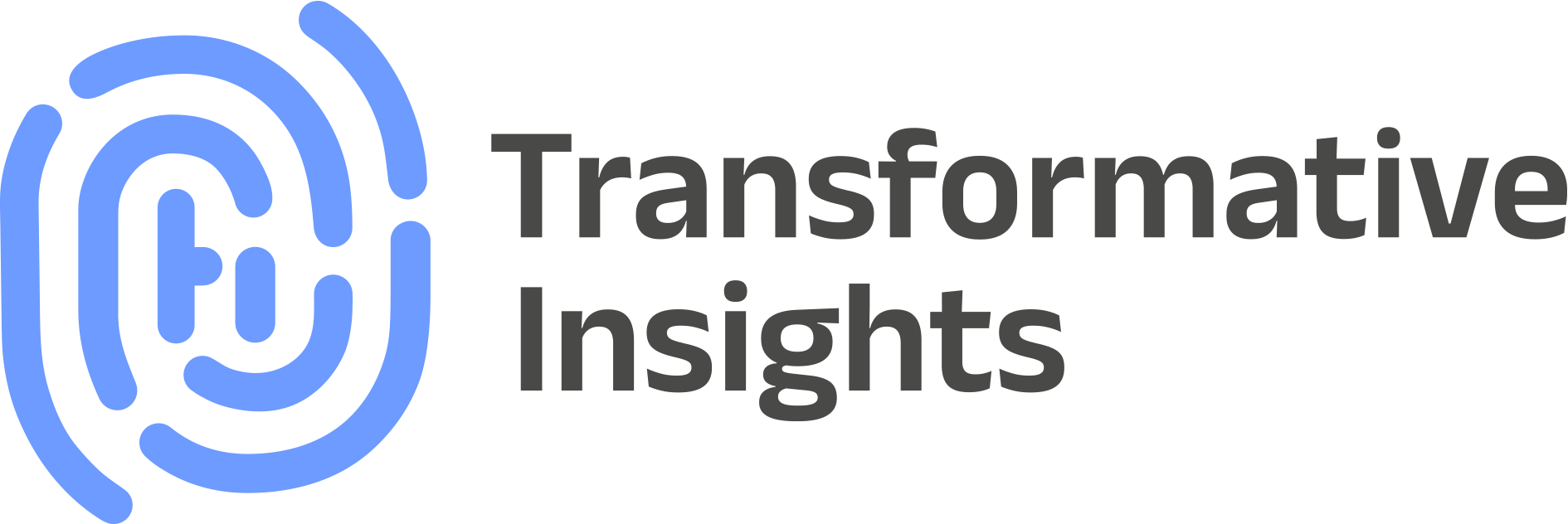HPA-axis (deep dive)
The hypothalamic-pituitary-adrenocortical system is a is a complex set of direct influences and feedback interactions among three components: the brain (hypothalamus), the pituitary gland (a pea-shaped structure located in the brain), and the adrenal glands (small organs on top of the kidneys).
This system in a nutshell regulates a range of important hormones and does so as part of the stress response but also as part of a normal 24-hour wake-sleep cycle (circadian rhythm). It is involved in regulating many body processes, including digestion, the immune system, mood and emotions, sexuality, and energy storage and expenditure.
When we are presented with a stressor, challenge or threat our autonomic nervous system responds first and fast. The sympathetic nervous system kicks into gear and messages the adrenal gland to release adrenaline and noradrenaline. Adrenaline decreases fast (less than 10 minutes) so if we need to sustain an increased level of activation when the stressor, challenge or threat remains, the HPA-axis takes over and triggers the adrenal gland to release cortisol.
A healthy and functional stress response has two components; firstly the physiological activation as described above and secondly the physiological recovery during which (with the help of the vagus nerve) we downregulate, recover and recharge and restore balance (homeostasis) again.
A problem arises when the recovery part of the stress response is interrupted by yet another stressor which, with repeated cycles of interruptions, leads to prolonged stress responses, increased levels of cortisol and chronic imbalance in the ANS (sympathetic branch becomes more and more dominant even at rest and parasympathetic branch withdraws more and more).
Cortisol not getting the time to decrease due to constant (re)activation of the stress response
Chronically elevated cortisol levels have a very harmful flow on effect. It can impair our sleep (early awakenings) and cause blood sugar problems (diabetes type 2), weight gain as well as cardiovascular, immune system and digestive problems.
In relation to sleep, elevated cortisol levels can upset the natural interplay between melatonin and cortisol. Melatonin naturally declines and cortisol naturally increases early in the morning as part of our sleep-wake cycle. When cortisol levels are too high, the cross-over between the two occurs too early and we find ourselves wide awake and ready to start the day at around 4am - losing a few important hours of sleep in the process.
Cortisol is too high, too early - waking us up prematurely
There is bi-directional communication and feedback between the HPA axis and the immune system. A number of immune system "messaging" cells (called cytokines) can activate the HPA axis and in turn, the HPA axis, modulates the immune response, with high levels of cortisol resulting in a suppression of immune and inflammatory reactions. This can lead to lead to either underactivation or overactivation of the immune system and to tissue damage from (chronic) inflammation.
Maintaining good functioning of the HPA-axis is therefore key to our health and well-being. Especially chronic stress and / or an in-effective stress response with insufficient recovery following a stress response, can upset this good functioning and the right hormone levels and balance.








